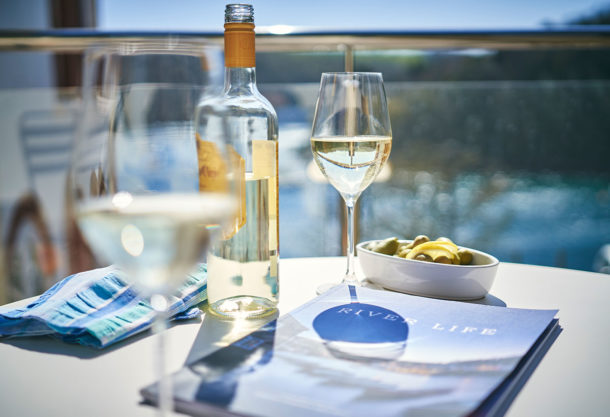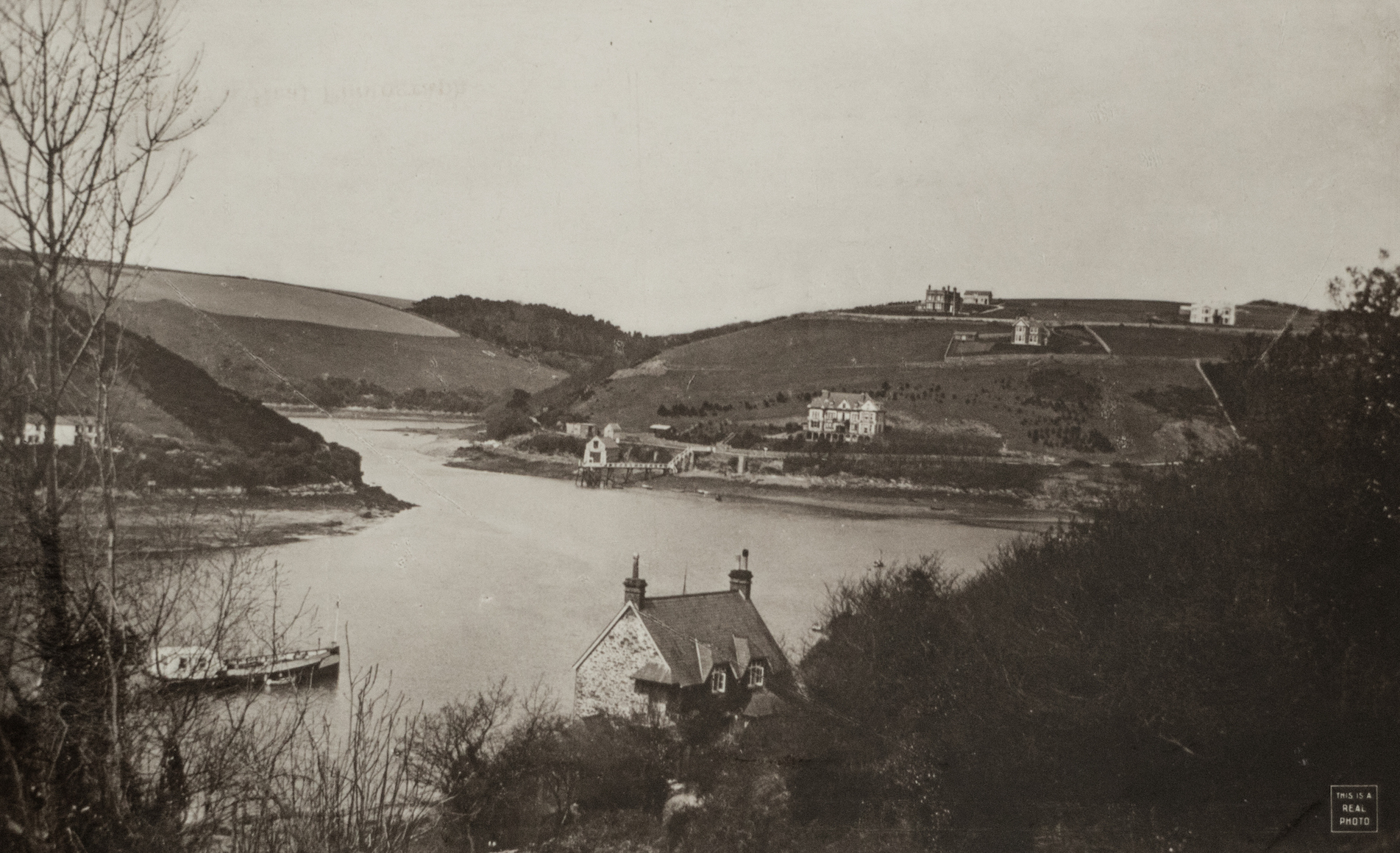
A look back in history
History of Newton Ferrers and Noss Mayo
By Robin Hogg and other authors of the “Spirit of the Yealm. The Life and Times of a Beautiful Estuary”
The River Yealm and its estuary has a long history. Having been home to the Woolly Mammoth, Rhinoceros and Hyena some 20,000 years ago, during the Iron Age the inhabitants seem to have been involved in the export of tin and copper. The Domesday Survey of 1086 described the community as being of around 250 people, many of them slaves. By 1297 the Yealm Estuary was regarded as a port, one of only 95 in England at the time, and the sea dominated life here.
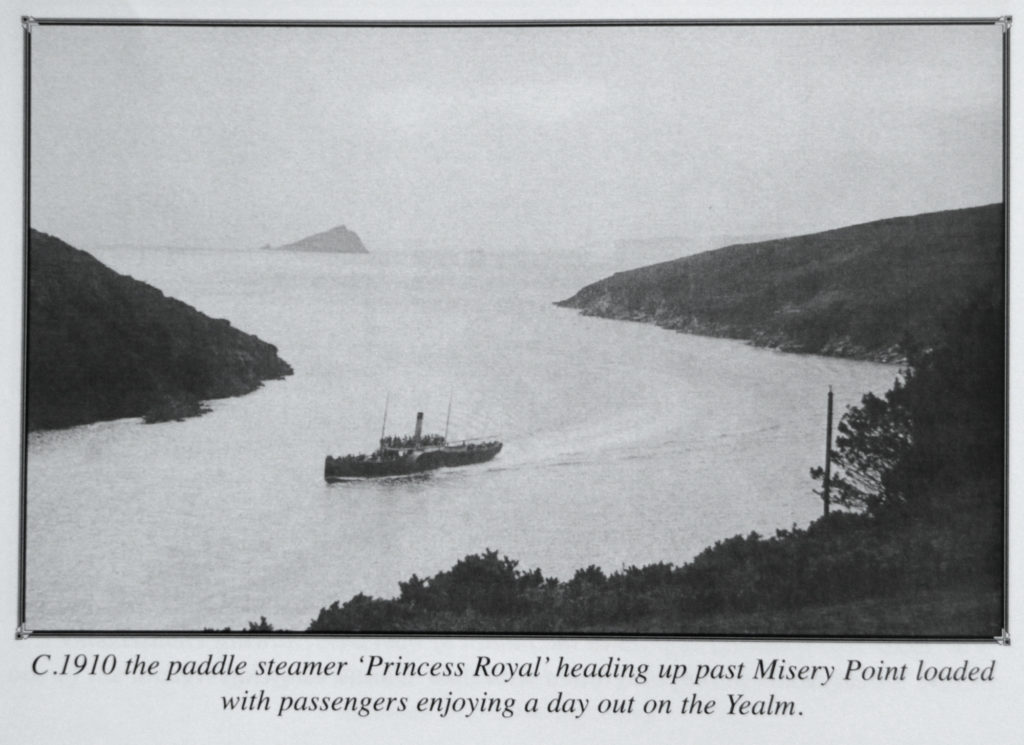
The ebb and flow of history has profoundly affected this community. We have survived wars and revolutions, plagues and piracy. Being shut away in our estuary environment, this community has developed a way of life that was self-sustaining. The sea and the estuary necessarily dominated life in the community with trading, fishing, privateering, smuggling, exploration and defence becoming major activities from time to time. In the Middle Ages trade was driven by the importation of wine from Bordeaux and the export of woollens, metals and dried fish.
The 16th and 17th Centuries saw Newton and Noss increasingly involved with the way in which the nation was developing. The threat from the Spanish Armada required all able-bodied men liable to serve, with 55 bearing arms in Newton Ferrers liable to “Musters”. The Name ‘Butts Park’ reminds us there was archery training close to that spot at the time.
The 18th century saw agriculture expanding rapidly and the community got on with fishing and working for the main estates. A survey in 1744 showed there were 63 families in the community but no school, almshouse, hospital or charitable endowment. This was a community largely isolated from the outside except by sea. The very high import duties on luxuries from France drove many to take up smuggling, which became rife on the River Yealm. This led to the deployment of a Revenue Cutter on the river in 1799 and the establishment of the Coastguard in 1821. Defence had always been a feature of the area and we have faced the threat of attacks over the centuries from the Vikings, Irish, Normans, Barbary Pirates, the French, the Spanish and the Germans.
The first school building was erected in 1837 with an infants school in 1844. Both villages seemed to be developing well, though wages, seven to nine shillings a week, meant poor diets for most. The second half of this century saw the purchase of the Membland Estate by Lord Revelstoke and the modernisation of the community began in earnest. The opening in 1898 of the Great Western Railway from Yealmpton to Plymouth, with a station at Steer Point drew in its wake a steamer ferry service from the villages to connect with the railway and the Building of the River Yealm Hotel.
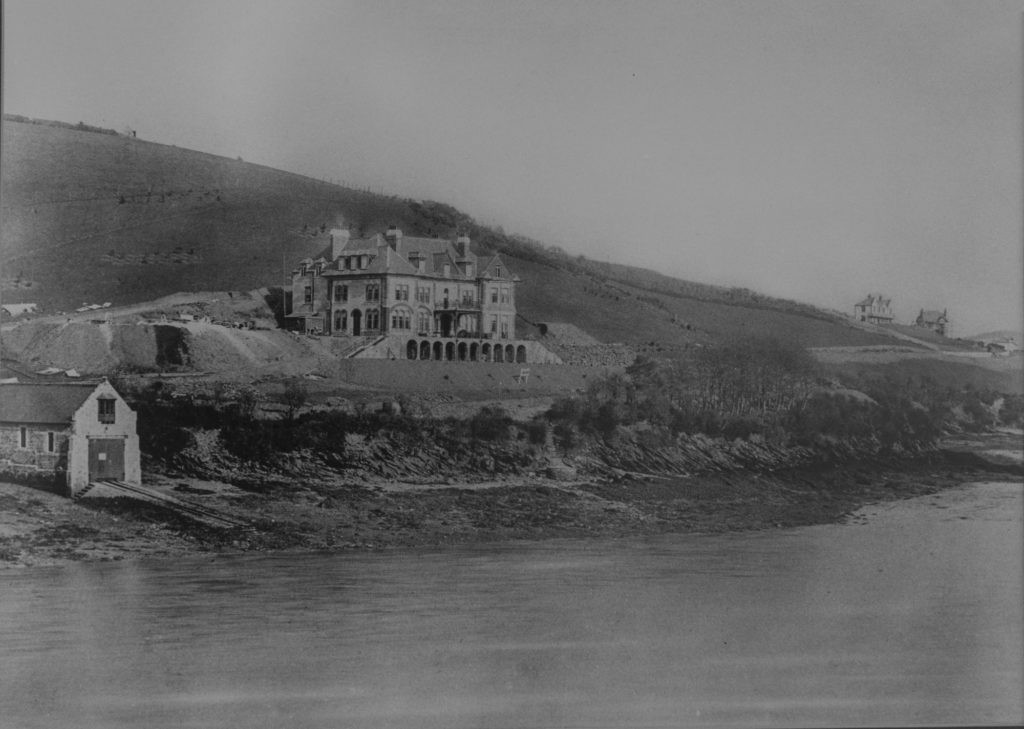
The Ford family, Master Butchers, originally from Ermington, but making their fortunes in Plymouth in the 1860s, sent their eldest son to Winchester from where he became a Civil Engineer. The younger son Clift became a Building Works Manager, and between them they jointly purchased a large area of land in Newton Ferrers in 1891. In a short space of time the proposed River Yealm Hotel was designed, builders employed and work commenced. The original idea for the hotel was that it would provide accommodation for potential purchasers of the building plots into which the bulk of the land had been divided. The auctions for these new plots would be held at the hotel. A further use was to cater for the holiday trade then provided by paddle steamers from Plymouth. It opened for business in 1898.
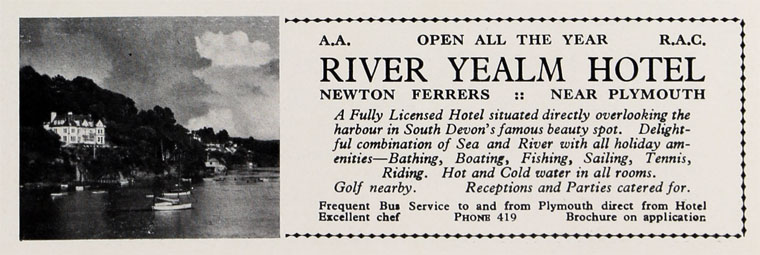
Originally, part of the plan for the hotel was to make use of the new railway between Yealmpton and Plymouth, a spur from which was to have reached the hotel. This rail link was never built and James Ford bought an ex-Admiralty Pinnace and christened her Yam Yam(local pronunciation for Yealm) to transport visitors from Steer Point Station to the hotel. The Fords sold the hotel at auction on 29th July 1903 to a Mr W. Kingcombe and a Mr H. Tenney. Clift Ford himself died a wealthy man in 1945.
The hotel suffered from the poor water supply to Newton Ferrers where the upper and lower roads were supplied with water on alternate days, sometimes leaving the hotel without water for over 48 hours. Even as late as 1927 the Western Morning News reported “In Newton Ferrers normal water supply was obtained from two public taps.If they ran dry, they came to Noss where there was a plentiful supply. When the tide was in, folk took zinc baths and buckets across in boats. Of sanitary arrangements there were none”.In 1927 in the same newspaper the hotel was advertised as follows:
Yealm Hotel. Phone Plymstock 80. Every visitor should go to the Yealm Hotel (The Beauty Spot of Devon). Residential. Fully Licensed: Public Hard tennis Courts (Full size double) Charges 6d each set singles, 3d each Doubles; Boating; Bathing; Fishing; Dances etc. Apply Manager; Weekly Tariff from 77shillings; Frequent service weekly; Bus from St Andrews Cross, Plymouth”.
In the 1930s, it is believed that the Yealm Hotel was sold by Kingcombe and Tenney to Westcotts (Coal Merchants), who later sold it on to Mr and Mrs Wilson.
Whilst all this was going on for the Yealm Hotel, the village was developing fast as the various “Building Plots” were gradually sold off and developed to create the Newton Ferrers we have today. The proximity of Plymouth during WWII led to anti-aircraft positions being deployed, a bombing decoy at Worsewell Farm, a heavy anti-aircraft battery at Netton, a searchlight at Preston, and barrage balloons at Collaton, all contributed to the defence of Plymouth.
After WWII the pace of change accelerated with much building in both communities. In 1960 the Parish was included in the South Devon Area of Outstanding Natural Beauty (AONB), and along with several other special designations became a heavily protected area. There are currently 3 buildings listed at Grade I, and 5 at Grade II, and 51 at Grade II.
This is a flourishing community of some 1800 people with two Churches, 3 Pubs, a Co-op mini-market, a pharmacy, a butcher, and currently a Post Office and Village Store. The school and the Women’s Institute, along with several Village Halls and other facilities help to make this a vibrant community.
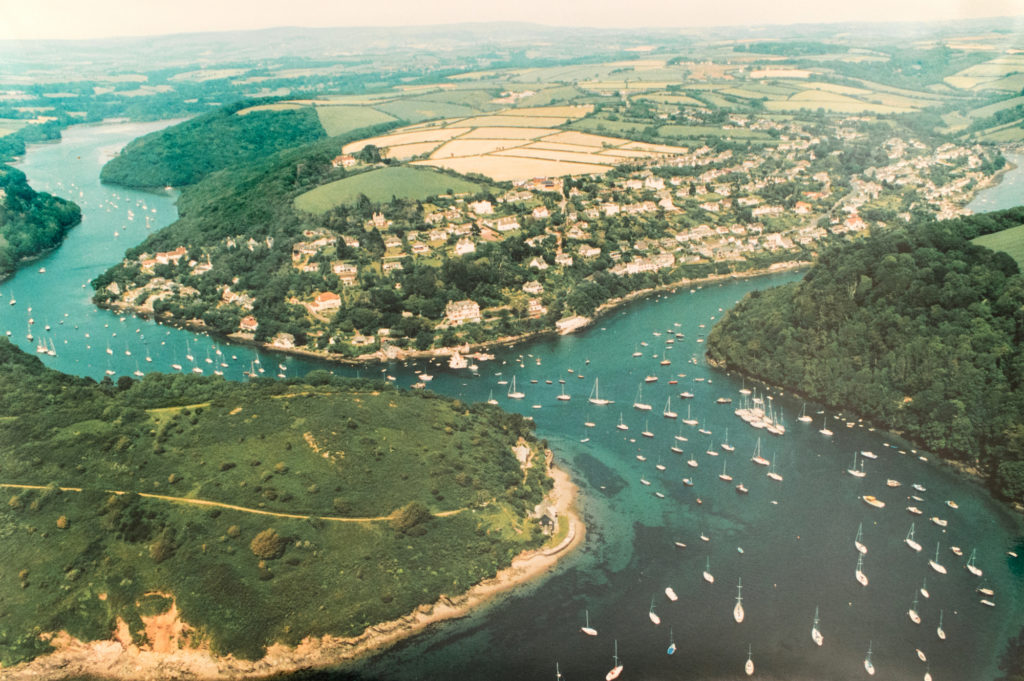
14 Luxury Apartments
The Yealm Development consists of 14 luxury apartments, comprising the restored former hotel, two woodland area buildings and one beautiful contemporary house. See the entire development by clicking below.
Computer generated image

If you would like to discuss any aspect of The Yealm, please contact Claire Northmore or Jane Summers at Marchand Petit’s Newton Ferrers office on:
